How the cloud is helping Currensea create a more sustainable future
From consolidating infrastructure to reducing the use of plastic, this challenger bank is taking its environmental role seriously
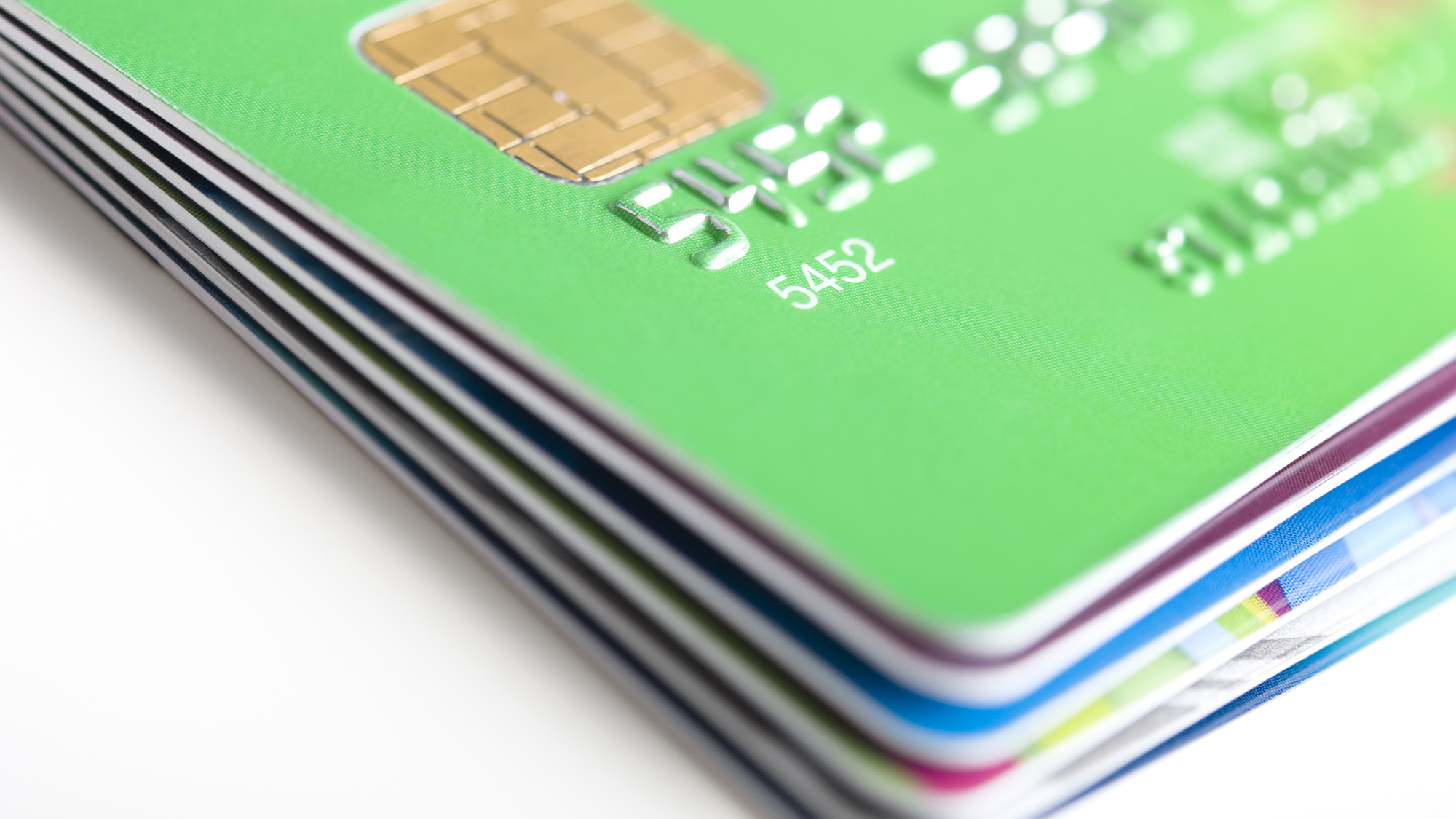
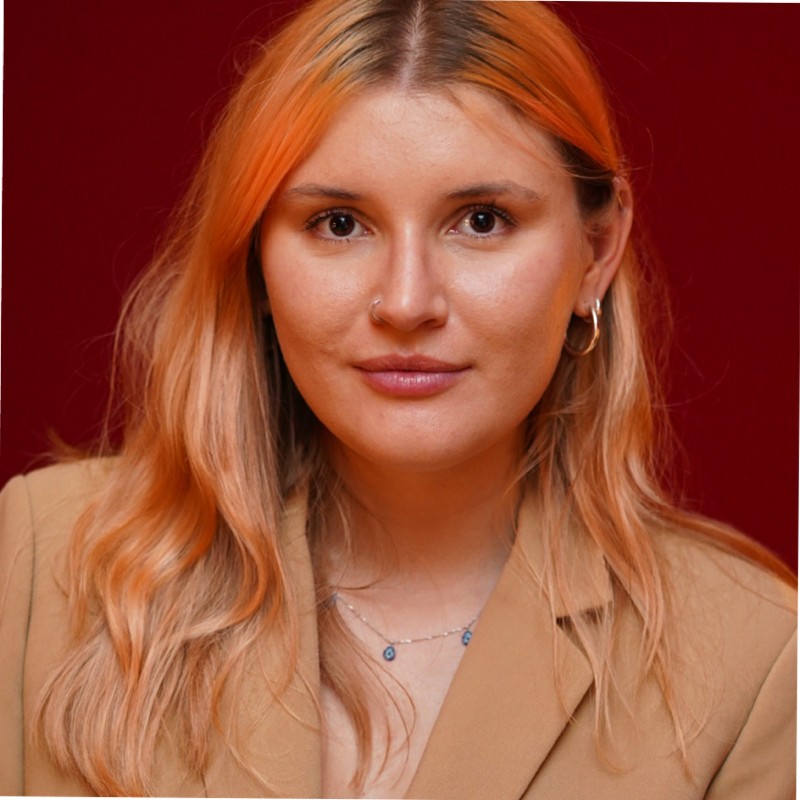
Many startups dream of the day they get their Big Break, but not all of them pause to consider whether they will actually be able to handle the rapid increase in demand for their services.
RELATED RESOURCE
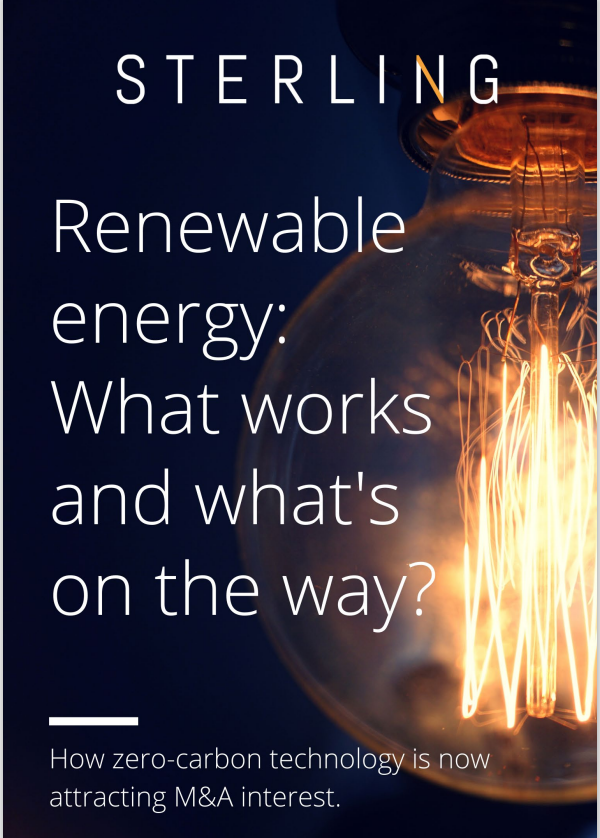
Renewable energy: What works and what's on the way?
How zero-carbon technology is now attracting M&A interest
For Currensea, their Big Break was delivered by their appearance on Channel Five’s long-running consumer technology series The Gadget Show.
“We didn't know how this was going to play out,” recounts Craig Goulding, who co-founded Currensea in 2018 with fellow former JPMorgan employee James Lynn.
“When it aired, things went absolutely berzerk, traffic to our website and application went through the roof. We were issuing one card every six seconds – totally, utterly insane,” he tells IT Pro.
Sudden influxes of traffic, often prompted by media coverage, are not a daily occurrence for many companies. However, when they do happen, many websites cannot handle the demand and buckle up under pressure. This means that the company can miss out on new orders and – most importantly – profits.
For Currensea, however, this moment was made possible by the elasticity and scalability of the cloud on which its website is built.
“The platform just handled that surge in volume,” says Goulding. He describes the appearance on the show, as well as the subsequent frenzy, as “an amazing experience” that was fully enabled by technology, allowing Currensea to sit back and reap the rewards.
Get the ITPro daily newsletter
Sign up today and you will receive a free copy of our Future Focus 2025 report - the leading guidance on AI, cybersecurity and other IT challenges as per 700+ senior executives
“One of the great things about the cloud is that you don't have to worry about servers,” he tells IT Pro. “So you can concentrate on building and running applications and business logic, rather than having to worry about having to manage the infrastructure. Amazon Web Services just takes care of all that for you.”
Goulding adds that this was especially important for the small team of engineers that makes up Currensea, allowing them to focus on “building products and building differentiation, rather than having to worry about the kind of nuts and bolts of the service and goodness knows what”. The experience with The Gadget Show helped Goulding realise the importance of the ability to scale up and scale down on demand, especially when these kinds of peaks in traffic are rare. It also helps the company save money.
“If you're not using it in the cloud then you're not paying for it, so it's a very flexible and adaptable model as well,” he says.
The cloud offers more than just peace of mind, though.
“Another huge benefit is just the number of tools they have in their environments, which you just point and click and configure, then you magically get them, which is incredible. Again, if you're having to kind of build that up yourself, it would be a hugely conservative resource, so it's just a massive accelerator for us,” he says.
“Then you've got the resiliency as well. You're spread across multiple data centers and everything kind of fares over if there's any issues in one data center. So, you run a 24/7 operation with no downtime.”
Saving the oceans, one card at a time
The cloud has been hailed as a life-saver for many industries, especially during the COVID-19 pandemic. For Currensea, however, it’s allowing the challenger bank to channel all its attention into its environmental efforts.
While many banks are undergoing a digital transformation, offering a brighter and more convenient future, what actually lies ahead might be rather more bleak. Extreme weather, food shortages, and pollution are only the tip of the environmental iceberg, with the gradual melting of ice caps and rising sea levels threatening to submerge coastal cities such as Miami as early as 2050. All of these issues could impact everyone’s long-term plans – but could something as small as a bank card help reverse them?
Whether debit or credit, banking cards are most often made out of polyvinyl chloride, more commonly known by the initials PVC, which is notoriously difficult to recycle, usually ending up sitting in landfills for centuries to come. This has prompted Currensea to opt for biodegradable cards that, when disposed of, will take about a decade to decompose. However, the challenger bank’s environmental drive isn’t limited to cards only: Earlier in 2021, the company launched a new feature that enables customers to contribute to cleansing the oceans of plastic waste every time they spend money abroad, with a pledge to remove 2.5 times the amount of plastic they produce every year.
RELATED RESOURCE
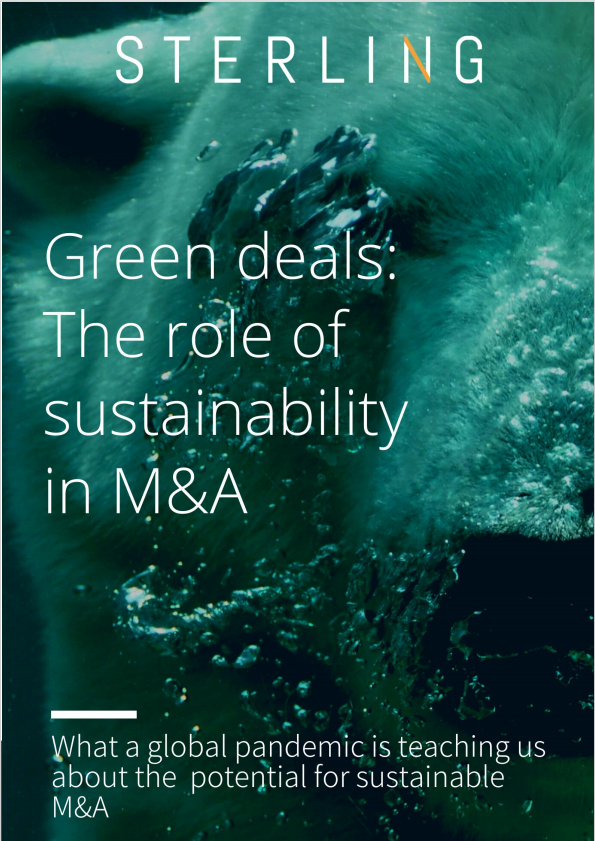
Green deals: The role of sustainability in M&A
What a global pandemic is teaching us about potential for sustainable M&A
“For each card that we're producing, we’re also extracting plastic from the oceans – more plastic than we're actually introducing to the world,” explains Goulding.
When asked about the problem of greenwashing – companies branding themselves as sustainable for marketing purposes, with limited positive impact for the environment – Goulding says he is “very conscious of that”.
“You either do it properly, or you don’t do it at all,” he says.
Having only graduated from City University in 2019, Sabina has already demonstrated her abilities as a keen writer and effective journalist. Currently a content writer for Drapers, Sabina spent a number of years writing for ITPro, specialising in networking and telecommunications, as well as charting the efforts of technology companies to improve their inclusion and diversity strategies, a topic close to her heart.
Sabina has also held a number of editorial roles at Harper's Bazaar, Cube Collective, and HighClouds.
-
 Cleo attack victim list grows as Hertz confirms customer data stolen
Cleo attack victim list grows as Hertz confirms customer data stolenNews Hertz has confirmed it suffered a data breach as a result of the Cleo zero-day vulnerability in late 2024, with the car rental giant warning that customer data was stolen.
By Ross Kelly
-
 Lateral moves in tech: Why leaders should support employee mobility
Lateral moves in tech: Why leaders should support employee mobilityIn-depth Encouraging staff to switch roles can have long-term benefits for skills in the tech sector
By Keri Allan
-
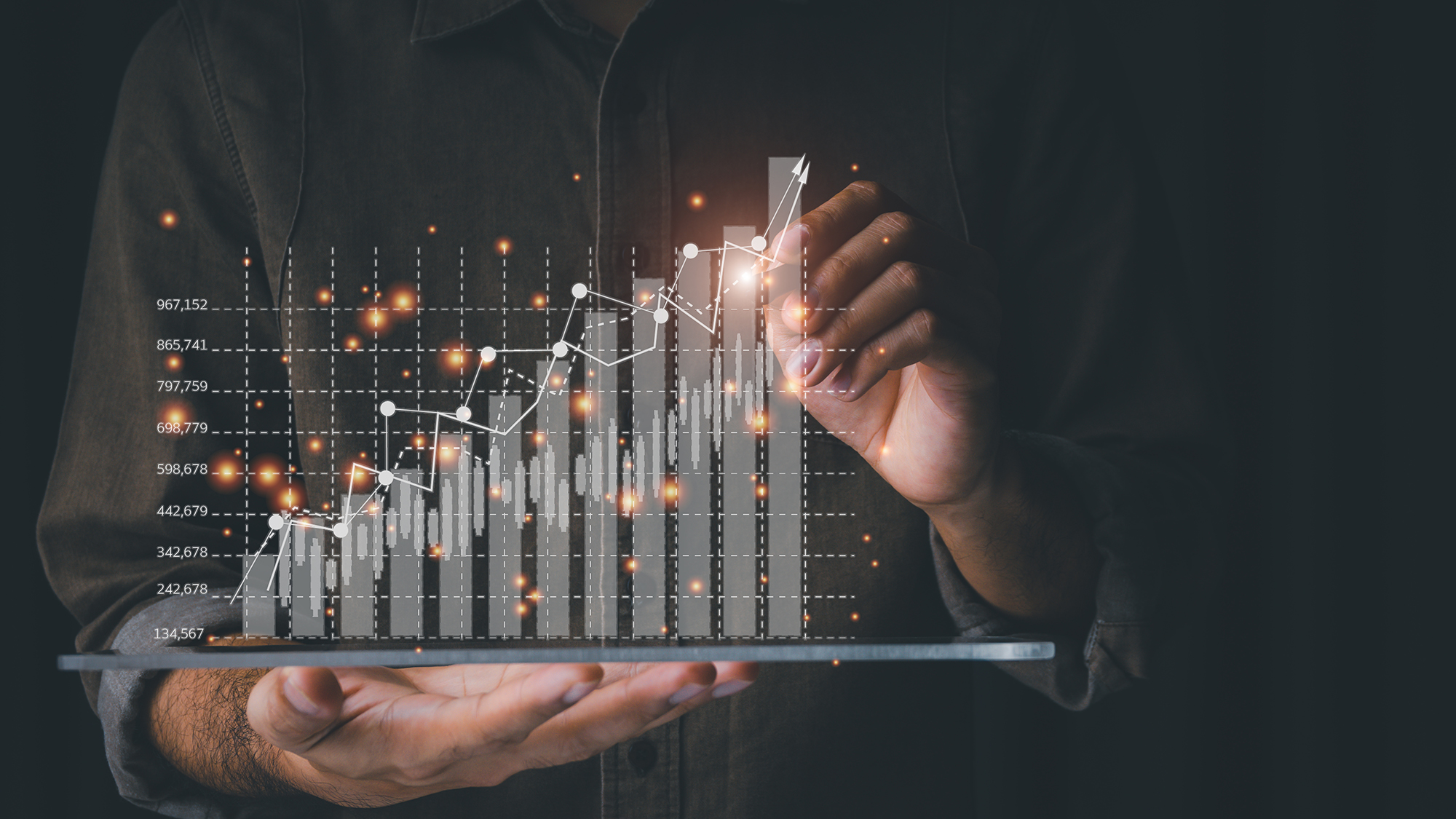 Beyond the upgrade: How to maximize IT investments and minimize waste
Beyond the upgrade: How to maximize IT investments and minimize wasteHow to maintain optimal performance and productivity with your fleet of hardware and stave off the next upgrade cycle for a bit longer
By ITPro
-
 The customer knows best: How to ensure you’re delivering an effective digital payments experience
The customer knows best: How to ensure you’re delivering an effective digital payments experienceSponsored Tap into shifting customer trends with account information services that will give your business a competitive edge
By ITPro
-
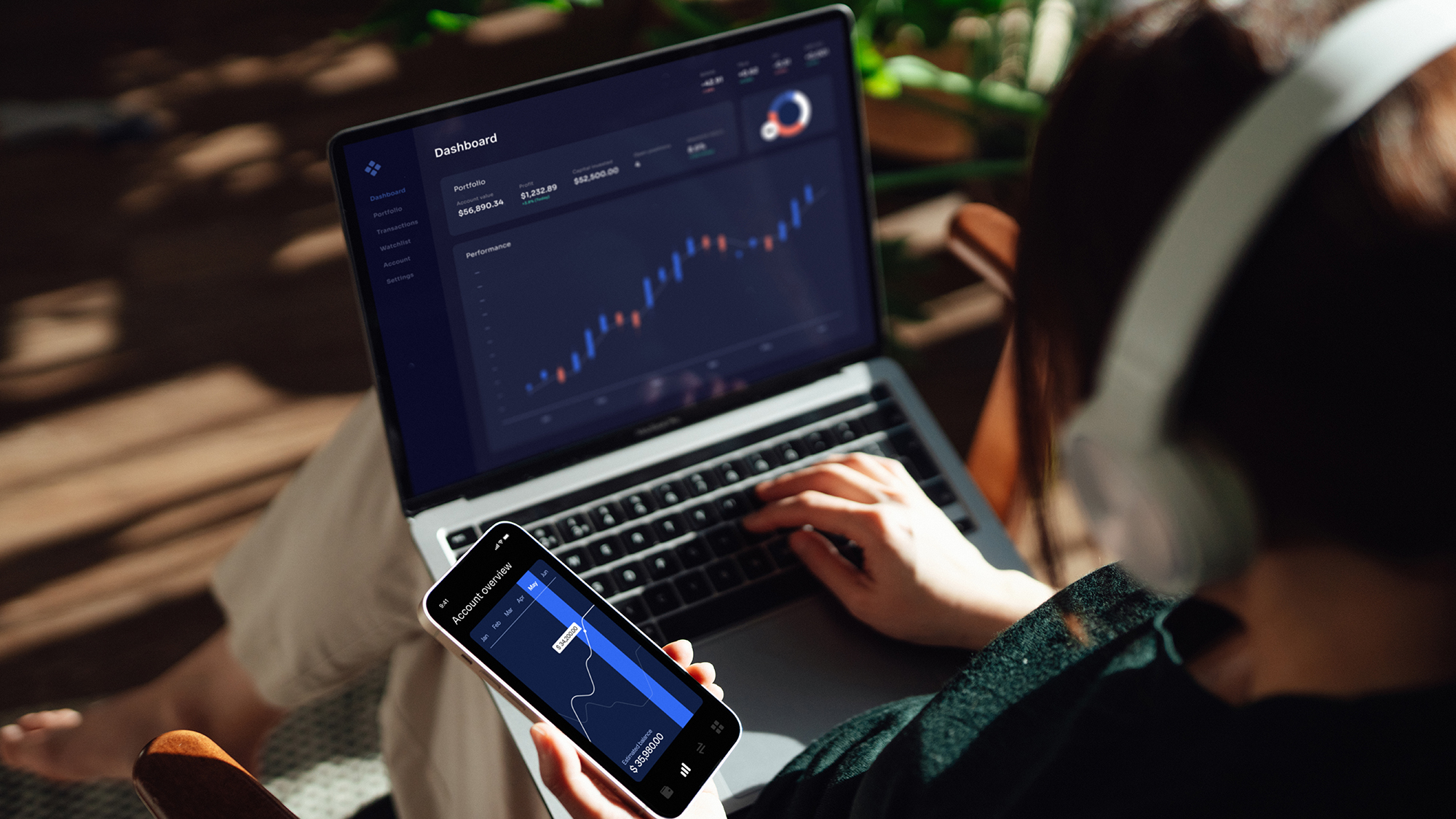 How AI is accelerating digital transformation in the banking industry
How AI is accelerating digital transformation in the banking industrySupported Content Gen AI, fraud detection, and chatbots are all transforming the financial industry, but the cloud is the foundation for it all
By Bobby Hellard
-
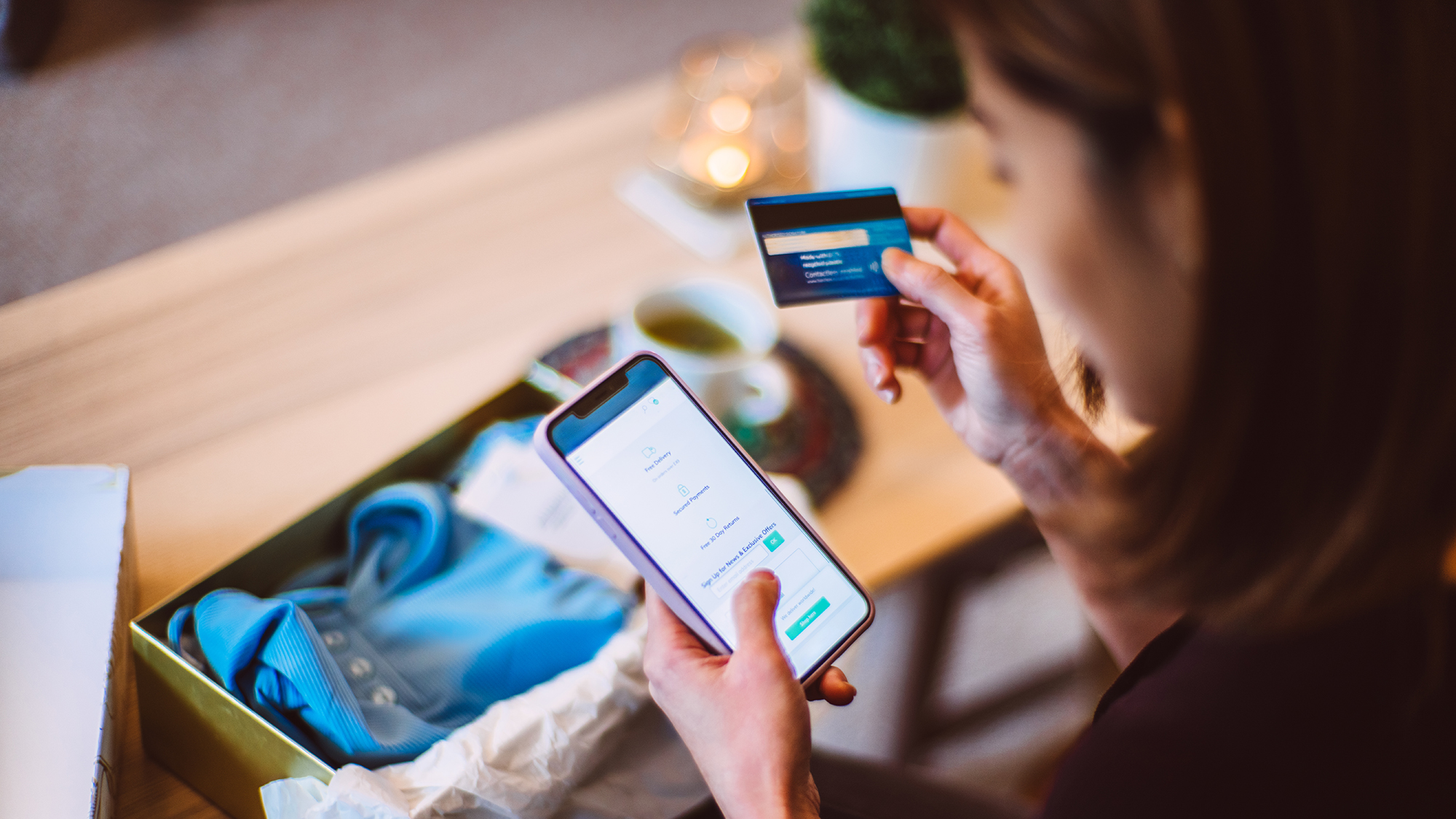 What open banking means for the future of online transactions
What open banking means for the future of online transactionsOpen banking offers a faster, more automated future for transactions – but it has a rigid legal road to traverse
By ITPro
-
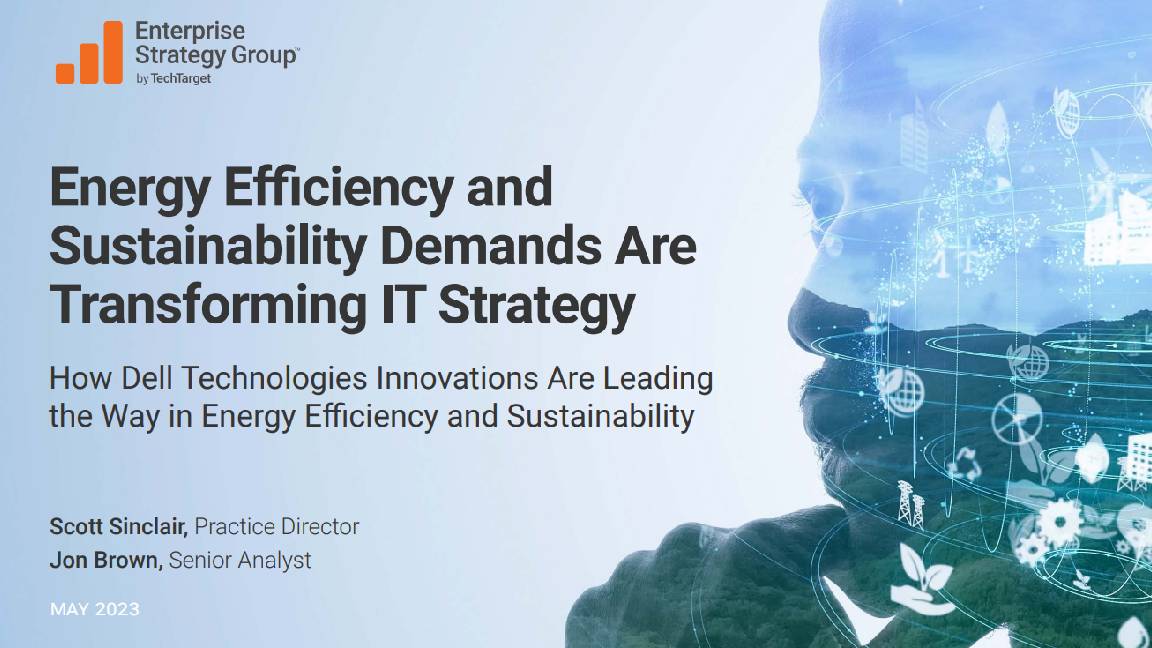 Energy efficiency and sustainability demands are transforming IT strategy
Energy efficiency and sustainability demands are transforming IT strategywhitepaper How Dell Technologies innovations are leading the way in energy effiency and sustainability
By ITPro
-
 Energy efficiency and sustainability demands are transforming IT strategy
Energy efficiency and sustainability demands are transforming IT strategywhitepaper How Dell Technologies innovations are leading the way in energy effiency and sustainability
By ITPro
-
 Your guide to smarter printing: 2024 edition
Your guide to smarter printing: 2024 editionWhitepaper Making smarter printing simple for all businesses
By ITPro
-
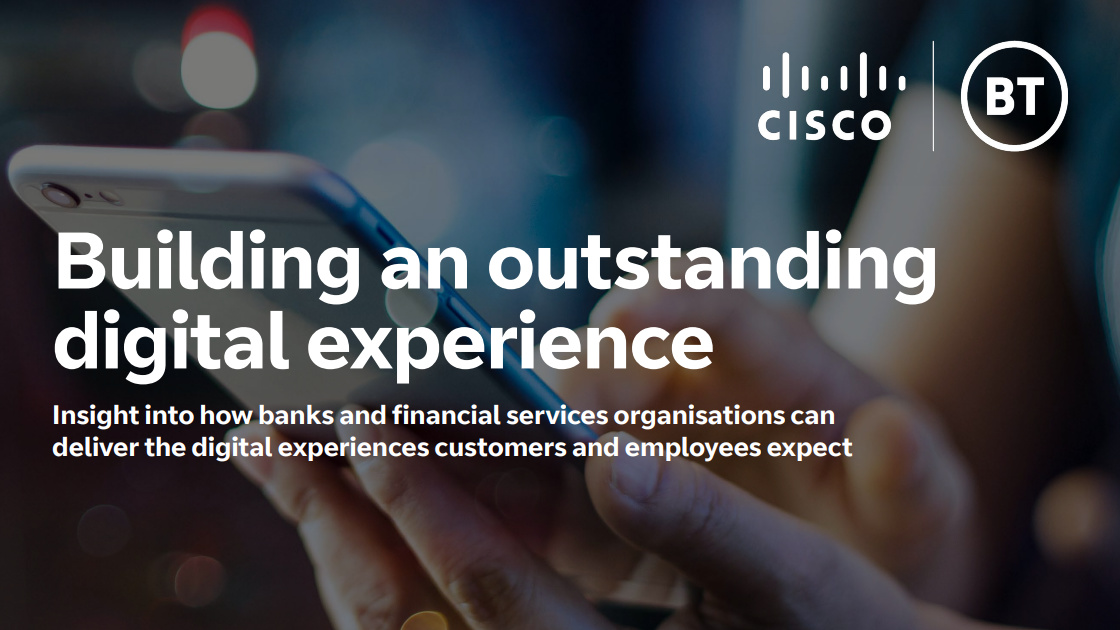 Building an outstanding digital experience
Building an outstanding digital experiencewhitepaper Insight into how banks and financial services organizations can deliver the digital experiences customers and employees expect
By ITPro